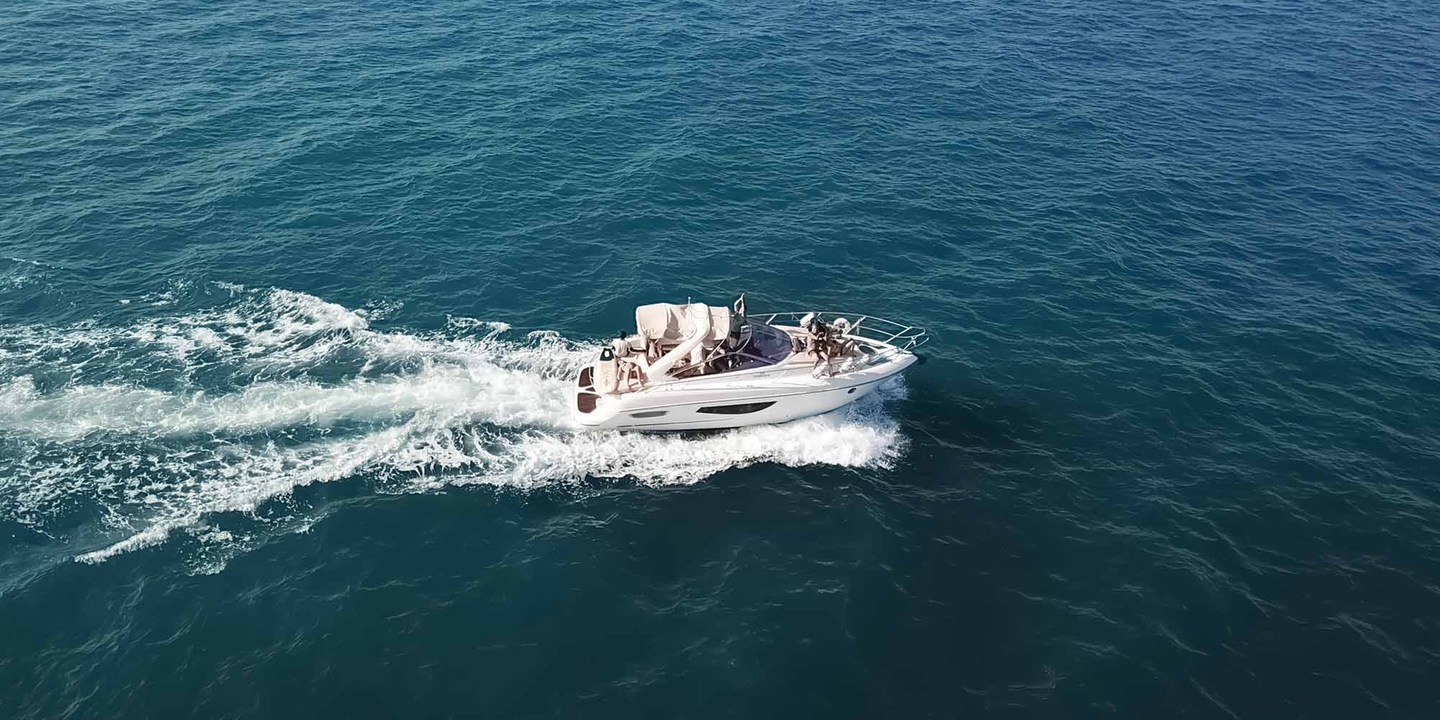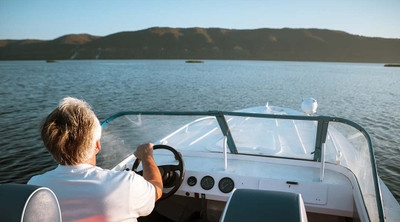Is it safe to take a baby on a boat?
3 min read
Adding a new member to the family doesn’t have to stop you from getting out on the water, but it does require extra planning and safety precautions. Before you bring your baby on a boat, consider what you’ll need to keep the little one happy and safe. Some of the best family boats for babies are large and well equipped to provide shade, a separate baby space on board, and space for passengers to help.
On smaller or simpler boats, you may want to make additional preparations to ensure that boating with your baby is enjoyable for everyone.
When is it safe to take a baby on a boat?
Baby boat safety starts before leaving the shore and continues until you return to dry land. The following tips can help you prepare to take a baby on a boat in safety.
Safety tips for boating with a baby
Choose a life jacket
Before you ever get to open water, you should buy and test a life jacket for your baby. The U.S. Coast Guard (USCG) defines the rules and regulations for life jacket use. Select a USCG-approved life jacket and test it in a controlled environment like a shallow swimming pool before going to open water. The baby life jacket should keep your baby face-up on the water’s surface.
The USCG recommends that babies weigh a minimum of 18 pounds for a life jacket to fit correctly. If your child is smaller than 18 pounds, it’s too early to take your baby on a boat.
Find some helpers
Operating a boat can be demanding, and a baby requires a lot of attention. When taking a baby on a boat, consider bringing friends or family members who can hold the baby while you tend to the demands of the boat or who can give you a hand with managing the boat. Try to invite more babysitters/friends than you think you’ll need. Everyone will want quality time with the baby, and more hands-on deck will be helpful if anything unexpected happens or if you get stuck on the water.
Review your boat’s safety features
It’s always a good idea to refresh your understanding of your boat’s safety equipment and have a plan of action in case something goes wrong, but it’s even more important with a toddler or infant on the boat. Because very young children may require more attention or help, you and everyone else on the boat should know the safety plan before you depart.
Play it safe and create a baby space
Before you get on the water, consider where your baby will stay while you’re boating. Try to create a safe, comfortable space with barriers that can keep the baby away from the boat’s edge, a way to provide shade, and a place for the baby to nap. Boating is a great activity for all ages and a good way to spend time together as a family. Creating a fun environment for your baby can help foster a love of boating, so bring their favorite toys — bath toys are a good fit — and baby rafts and waterproof diapers if you want to take them into the water.
Remember that the baby raft isn’t a substitute for a life jacket — your baby should wear its USCG-approved jacket while on the raft. Keep your baby in your arms. According to SafeKids, holding your life-jacketed child in your arms while wearing your life jacket is the safest choice. When boating with your baby, avoid seating them alone or buckling them into car seats or other equipment not specifically designed for the water.
Keep exposure to the elements to a minimum
Pay special attention to protecting your baby from the sun. Apply sunscreen regularly and keep your baby adequately covered with sun hats, sunglasses, and other gear to minimize the risk of overexposure while boating with your baby.
When in doubt, err on the side of caution. Call it a day early if the weather starts to turn, or there’s an unfavorable weather forecast. Bring more supplies (diapers, food, etc.) than you expect to use. You can always bring extra supplies back, but you can’t get more gear once you’re on the water. When it comes to unexpected events on the water, boat insurance can protect you, your passengers, and your boat. Learn how boat insurance works and what it covers before you hit the waves.






